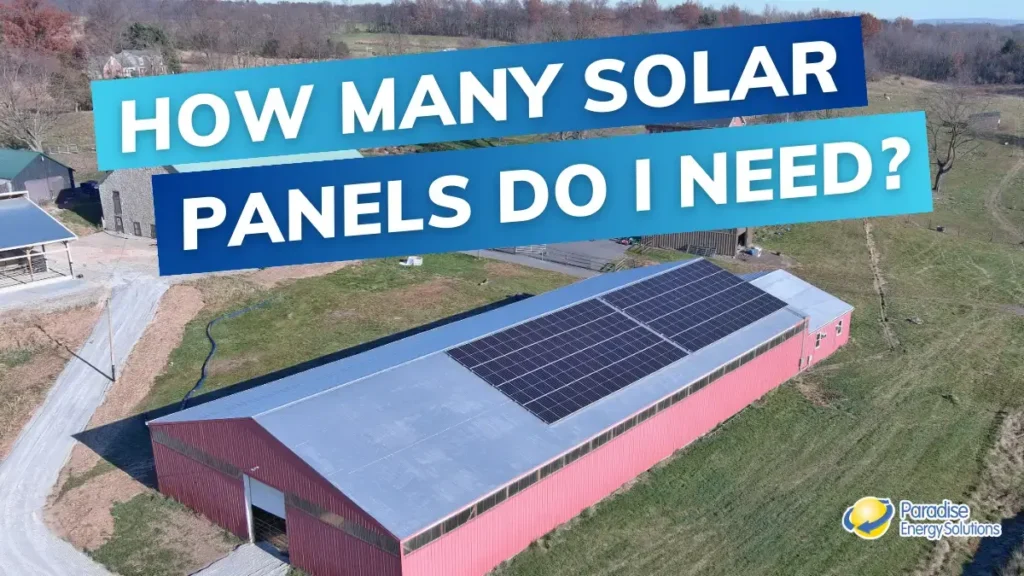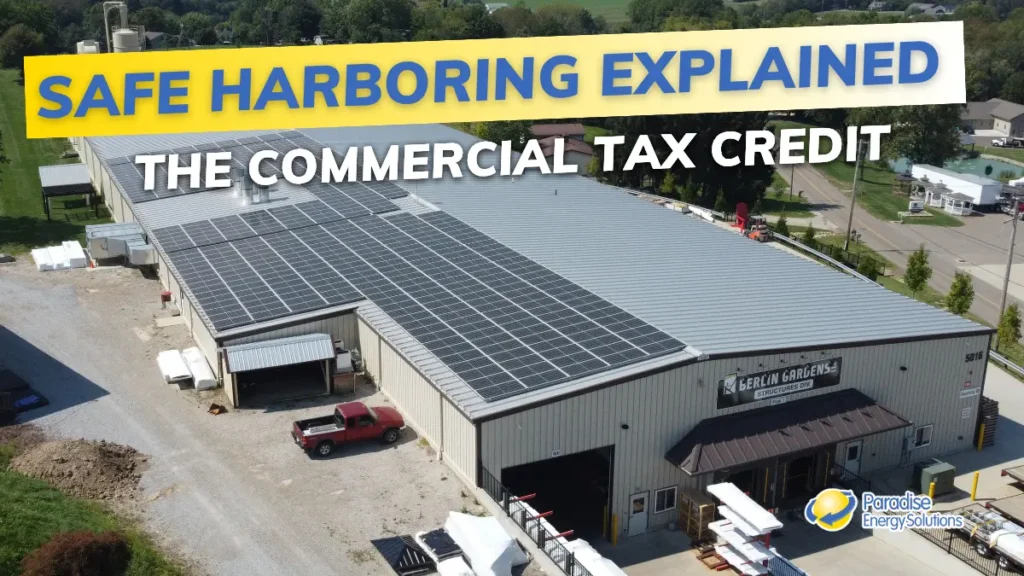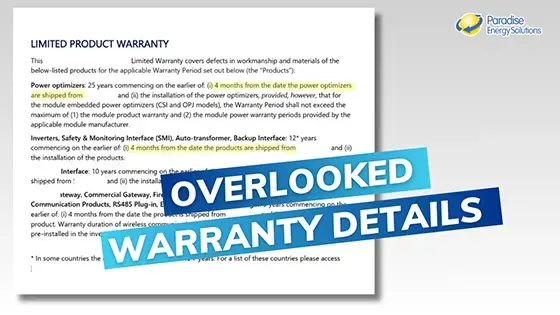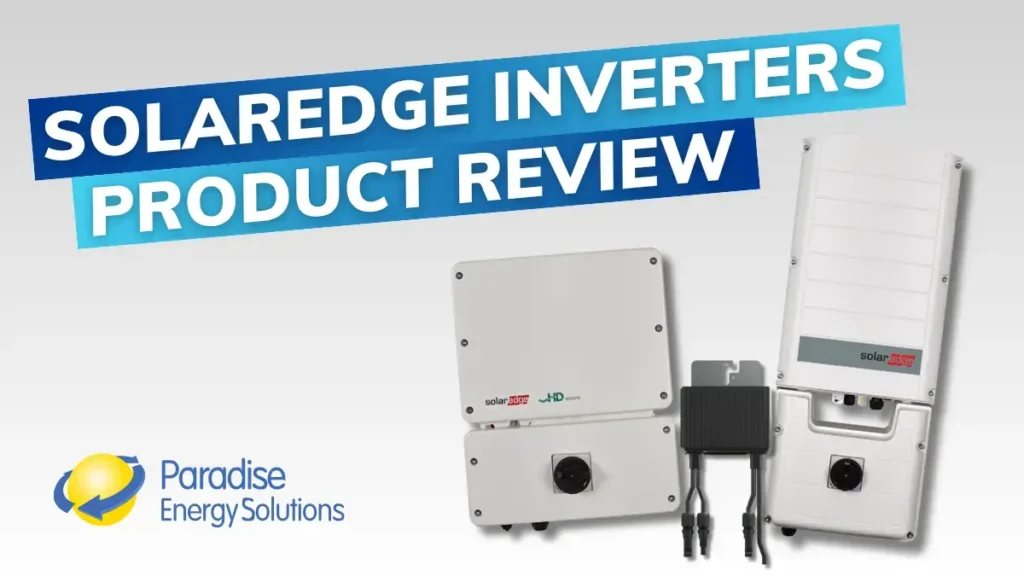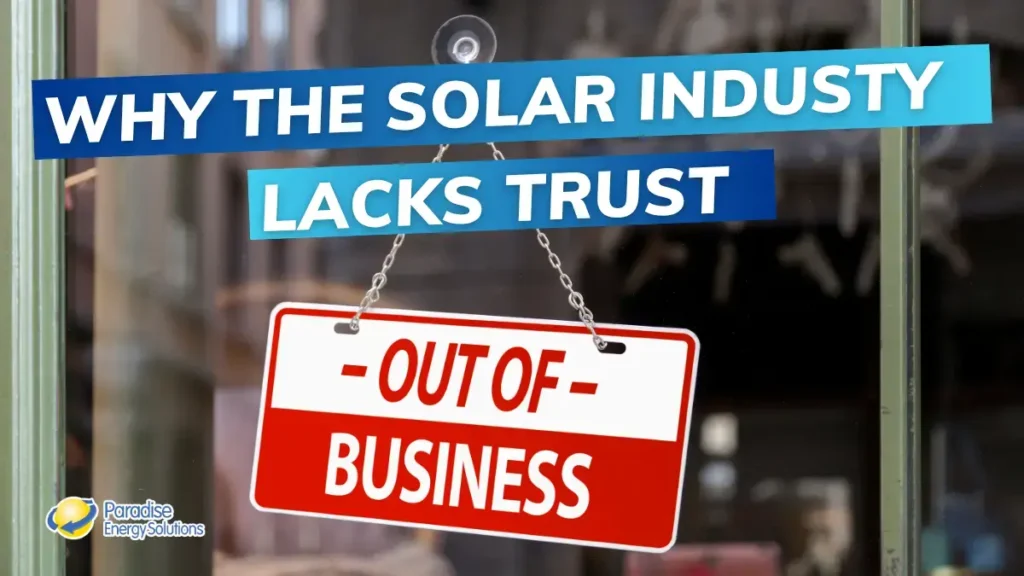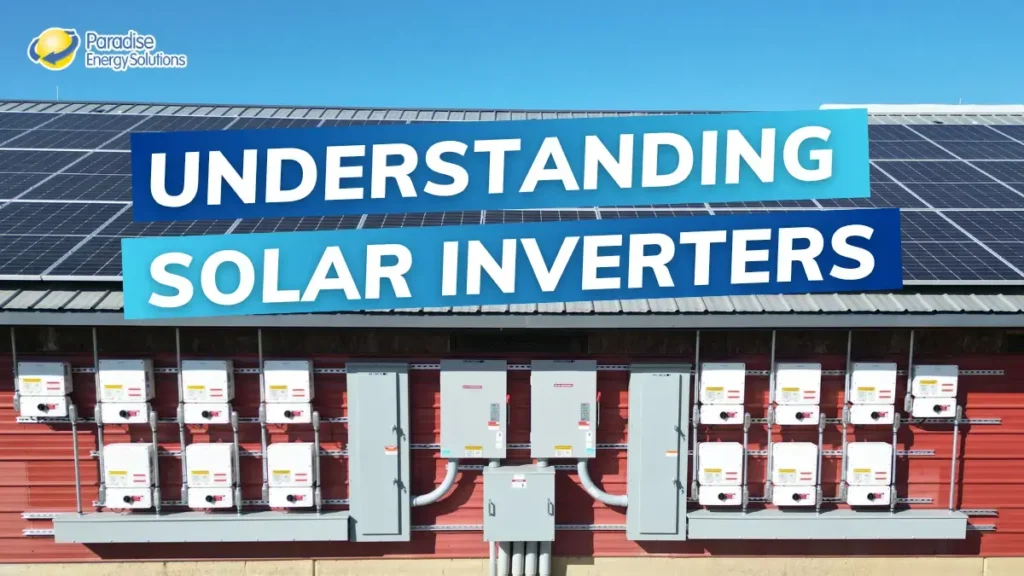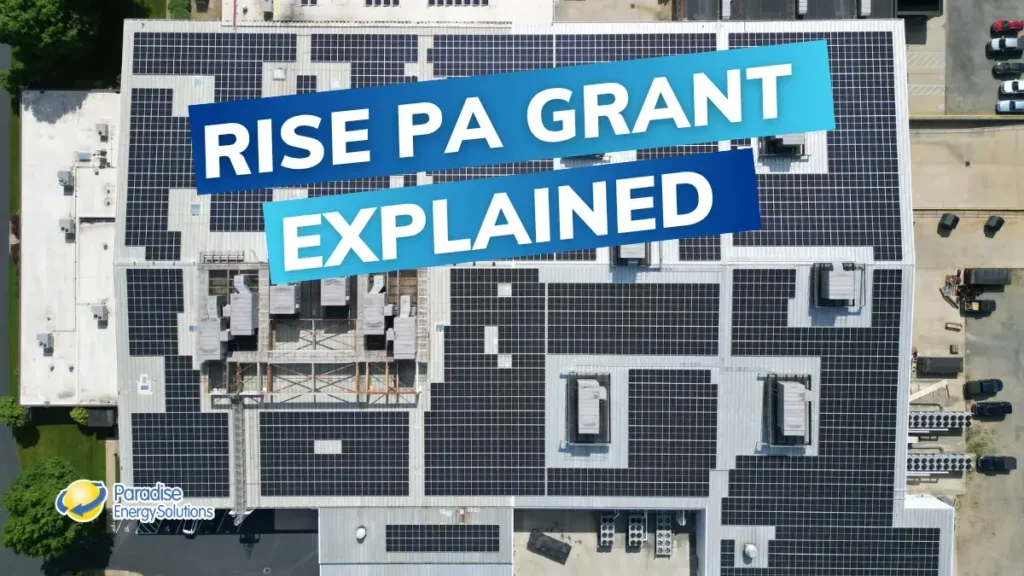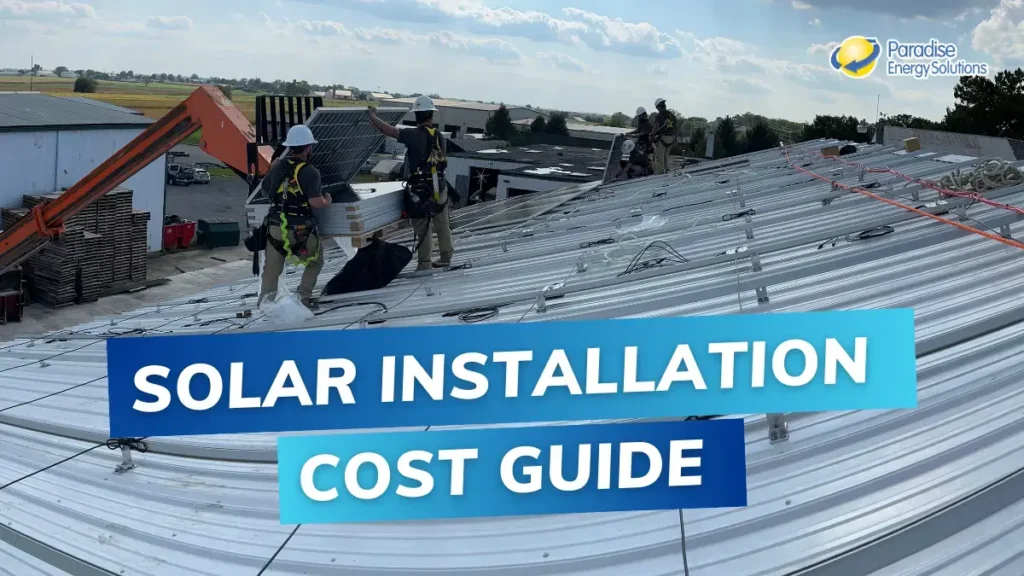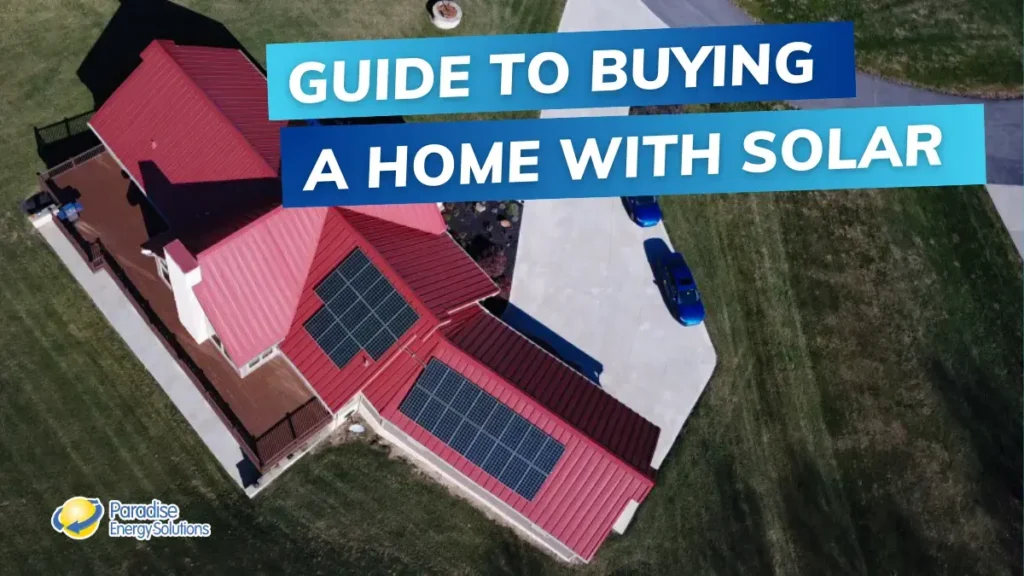How many solar panels do I need for a 1,200 sq. ft. house? People often ask us a similar question when they are first introduced to solar energy. However, there is a lot more than just the size of your house or building that needs to be considered when determining the number of panels you will need.
A 1,200 sq. ft. house with two people living in it will likely use a lot less electricity than the exact same house with two adults and two teenage kids. A house with four people will require a bigger system even though the size of the house is the same. That’s why it’s hard to determine the number of panels needed based on just the square footage of a house.
In simple terms, designing a solar system is like putting together a puzzle. It’s difficult to build the final product if you don’t have all the pieces. Below are the pieces you need to get started.
Factors That Will Impact the Number of Solar Panels You Need
Although the square footage of your building will be a piece of the final puzzle, the number of panels you will need is ultimately determined by the following four factors:
- The amount of electricity you use
- Amount of daily direct sunlight in your area
- The amount of usable roof space
- The type of solar panel you select
How much electricity do you use? We like to look at your most recent 6 to 12 months of energy usage. Thanks to Net Metering, we can use this history to properly size your system to cover 100% of your yearly usage in most cases.
Put it where the sun shines – The amount of direct sunlight your roof receives will vary based on where you live and the time of year (another reason why Net Metering is a great benefit). Thankfully, we have tools like this U.S. State Solar Resource Map from NREL and extensive local weather station data, as well as other software to help calculate the amount of sunshine in your region. States in the mid-Atlantic region are averaging 4.7 peak sun hours each day.
Not all roofs are created equal – Generally speaking, the perfect roof has a 30° pitch and is facing due south. Since that’s not always realistic, a less than “perfect” roof may need more panels to produce the energy you need. The good news is solar panels are becoming more and more efficient. These improvements have made it more cost-effective to install panels on roofs that face east/west and aren’t the perfect pitch.
Solar panels are not one-size-fits-all – The efficiency level of solar panels (the ratio of energy produced versus the energy intake from the sun) varies. Efficiency levels have come a long way over the last decade. The panels we install have an efficiency of 16.6% to 21%.
How to Determine How Many Solar Panels You Will Need
Taking into account the factors in the section above, a simple formula to use to estimate the size of the system that you need is kWh per year / 1200 = the size system you need (kW). Our actual system design will take many other factors into account, but this should be a good estimate. Once we have the kW needed, we will select the number of panels by reviewing your available roof space (or land if you want a ground mount system) and your target budget. For example, if space is an issue, we will need to select a higher-efficiency panel to keep the footprint small and the production high. Likewise, a cheaper panel could be selected if there is more available space to work with.
You can do the math or, better yet, use the examples we compiled to get a ballpark idea of the number of panels you’ll need. We suggest contacting a solar installation professional to determine the exact size for a system that best fits your needs. In the meantime, this chart is a good reference point.
| Average Monthly Electric Bill |
Solar System Size | Amount of Panels (Based on 330W Panels) |
Estimated Space Needed |
| $60 | 5 kW | 16 panels | 312 sq. ft |
| $120 | 10 kW | 32 panels | 624 sq. ft |
| $240 | 20 kW | 61 panels | 1,189 sq. ft |
| $600 | 50 kW | 157 panels | 3,061 sq. ft |
| $1,200 | 100 kW | 438 panels | 8,541 sq. ft |
| $2,400 | 200 kW | 556 panels | 10,842 sq. ft |
Note: A 330W solar panel covers roughly 19.5 sq. ft.
Homeowners
Most homeowners will need a 5 kW to 20 kW solar system. This would obviously vary depending on a few factors, such as: if you have a heated pool or use electric heat.
A $120 average monthly electric bill will need a 10 kW solar system to cover their annual energy usage. A 10 kW solar system will utilize 32 330W solar panels and cover roughly 624 sq. ft.
A $240 average monthly electric bill will need a 20 kW solar system. A 20 kW system will use 61 330W panels and cover roughly 1,189 sq. ft.
Businesses
Most small to mid-sized businesses will need a 50 kW to a 200 kW. This could vary greatly depending on the type of business, but for an example, here’s the breakdown:
A $600 average monthly electric bill will need a 50 kW solar system. This will require roughly 157 330W solar panels and 3,061 sq. ft. of space.
A $2,400 average monthly electric bill will need a 200 kW solar system. A 200 kW system will use 556 330W solar panels and cover roughly 10,842 sq. ft.
That’s it! You now have all the pieces of the puzzle to determine the number of solar panels or the size system you will need. The next step is determining the cost. If you would like a custom quote, click the button below.
